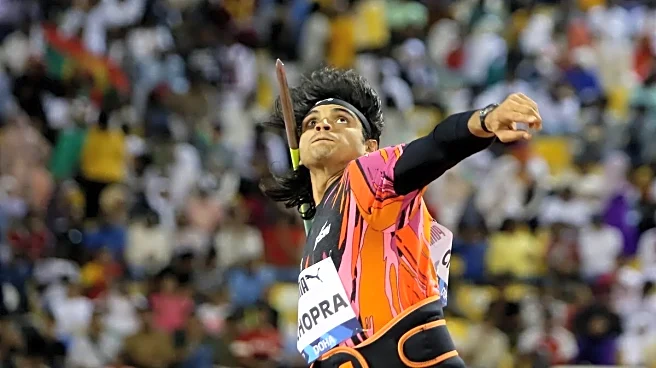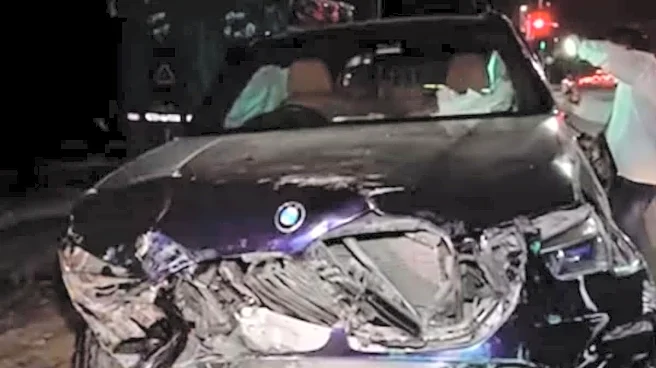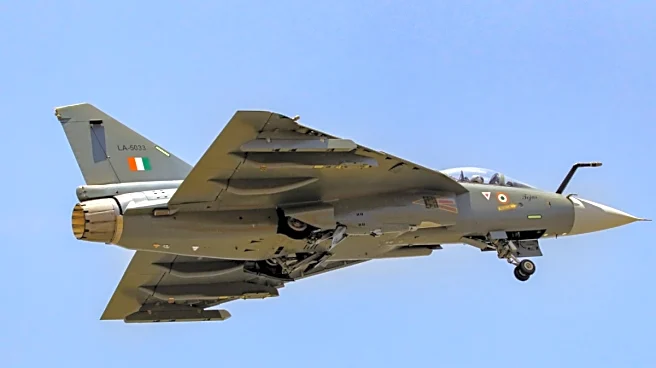
They move quietly, without the glamour of fighter jets or the awe commanded by ballistic missiles. Yet without them, India’s firepower would be stranded in depots, unable to reach the front. High Mobility Vehicles, or HMVs, may not make front-page headlines, but they are the indispensable carriers of modern war — the trucks that haul missile batteries into launch positions, ferry radars to forward bases, and recover damaged armour under fire.A platform hiding in plain sightThe sight of an HMV on Indian roads does not stir public curiosity. To most, it is just another oversized military truck. But for the armed forces, these vehicles represent mobility itself — the ability to move artillery and missile systems across deserts, valleys, and mountain
tracks that defy ordinary machines. India fields them in several configurations: the 6×6, the 8×8, and now the new 12×12 unveiled this year in Bengaluru. Each variant carries a different burden, but together they form the invisible web that sustains deterrence.The BEML imprintWhat makes India’s HMVs distinct is that they are the product of state-owned BEML, formerly Bharat Earth Movers Limited. Over the years, the company has indigenised a design lineage rooted in Tatra’s engineering and turned it into a family of vehicles tailored for India’s extreme geography. These are feats of domestic engineering as much as industrial persistence.The 6×6, long a workhorse, carries missile systems and radar platforms. The 8×8 is trusted with heavier loads, from Pinaka rocket launchers to the BrahMos cruise missile. And the 12×12, with its 42-ton payload capacity and 500 hp engine paired with a seven-speed automatic transmission, is meant for strategic deployments in unforgiving terrain. Features such as independently swinging half-axles, central tyre inflation, and lockable differentials are not incidental. They allow the Army to keep moving in deserts, on snowfields, and across riverbeds.A quiet enabler of air defencePerhaps the most overlooked role of these vehicles is in air defence. Many of the systems designed to shield Indian skies are mounted on BEML HMVs. Radars like Swathi and Rohini, mobile missile batteries, even bridge-laying equipment essential for rapid movement — all depend on these platforms to arrive where they are needed. The HMVs themselves are rarely noticed, but the protection they provide is impossible without them.More than logisticsThe argument for indigenisation in defence is often framed in economic terms, but in the case of HMVs, it is fundamentally about operational security. If India were dependent on foreign suppliers for spares or upgrades, its entire mobility chain could be compromised. With BEML’s domestic production, the Army controls its own supply lines while also benefiting from a degree of commonality across platforms: shared components, simplified maintenance, and modular designs that can mount different weapon systems on the same chassis.That commonality is what keeps formations mobile under stress. When missile carriers, bridging vehicles and recovery trucks must all move together, the fact that they share design DNA and parts means fewer vulnerabilities in the field.The overlooked backbone of deterrenceIndia’s deterrent capability is often judged by the visibility of its missile tests or the expansion of its fighter fleet. But the hidden enabler is the ability to move those assets quickly and securely. On this front, BEML’s HMVs are the unsung heroes. They ensure that when artillery must be shifted, or radars deployed, or missiles readied, the Army is not dependent on foreign-built platforms.As military doctrines evolve and threats persist across multiple frontiers, it is these vehicles — designed and built indigenously, tested in deserts and mountains, trusted in every major formation — that keep India’s firepower mobile and its deterrence credible.




/images/ppid_a911dc6a-image-17580134477277404.webp)





/images/ppid_59c68470-image-175808503108822698.webp)



